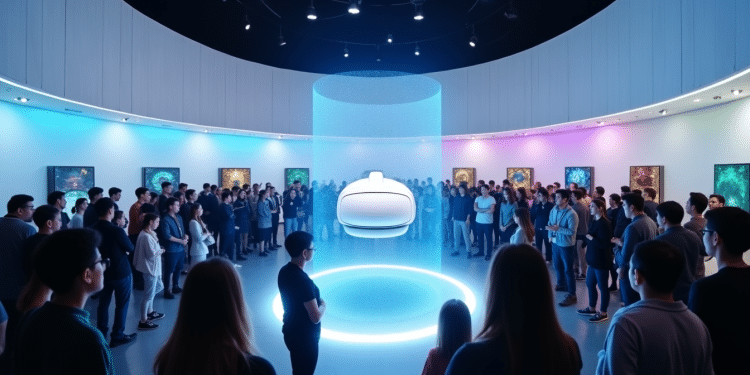Sony’s XR Tech groundbreaking XYN XR headset at CES 2025 connects creative and industrial applications seamlessly. This innovative device shows Sony’s commitment to spatial content creation. Animators and game designers can now handle 3D manipulation tasks with precision. Sony has joined forces with Siemens to adapt this XR technology for engineering applications in what they’re calling the “industrial metaverse.”
Sony’s version remains a prototype, but Siemens has started taking pre-orders for their industrial variant. The price tag sits at $4,750, and shipping starts next month. The system comes with an impressive spatial capture solution. It uses mirrorless cameras to create photorealistic 3D objects that users can control in virtual environments. The hands-on demos at CES 2025 showed how this technology transforms the way content creators and engineers work.
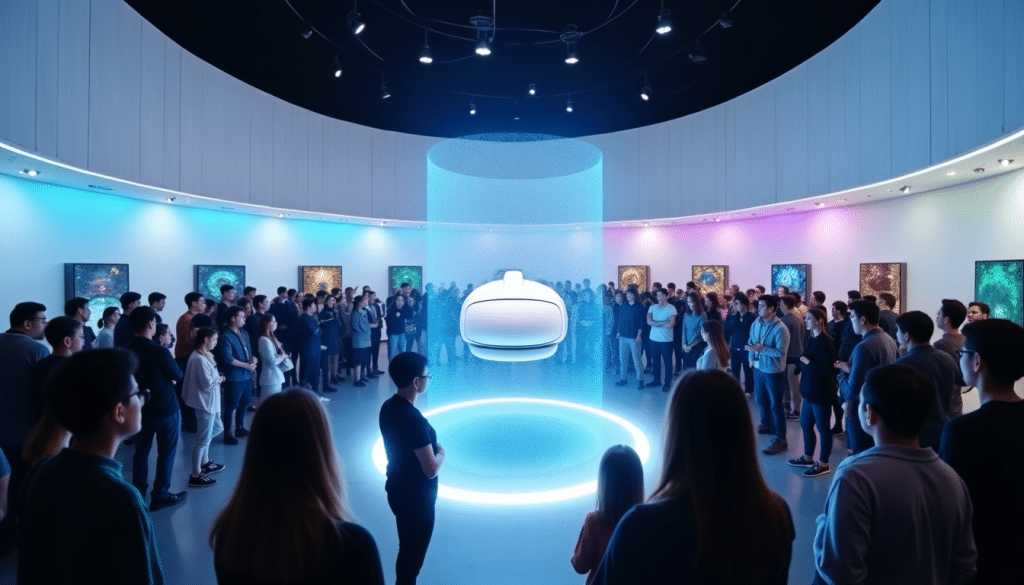
Table of Contents
Record-Breaking Attendance at Sony’s CES 2025 Booth
Sony’s XR Tech at CES 2025 has broken all previous records with more than 138,000 attendees, according to the Consumer Technology Association. The event features over 4,500 exhibitors and 1,400 startups spread across 2.5 million net square feet of exhibit space.
Sony’s booth captivates visitors with its three-phase experience: “Creativity Unleashed,” “Boundaries Transcended,” and “Narratives Everywhere”. Visitors can explore:
- Hands-on trials of the Sony’s XR Tech headset with precise object control
- Creative production demonstrations
- An immersive “The Last of Us” experience with 3D sound and scent technology
More than 5,300 journalists provide reliable media coverage of the event. Sony’s sponsored “creator space” in the Central Hall Lobby draws content creators and influencers in large numbers.
Sony’s presence at CES has created a buzz on social media with over 500,000 mentions on platforms of all types. The event’s Innovation Awards program received 3,400 submissions this year, a 13% increase from last year.
The XYN headset (pronounced ‘zin’) stands out as a crowd favorite. Visitors line up eagerly to test its flip-up design and creative input features. The demonstration helps users quickly master the system’s subtle movement controls for virtual reality object manipulation.
Deep Dive into Sony’s Latest XR Tech Headset Features
Looking at Sony’s XR Tech headset shows impressive technical achievements that set new standards for creative tools. The device’s core specs show the most important advances in display technology.
Technical specifications and improvements
Sony’s XR Tech headset uses dual 4K OLED microdisplays with amazing color accuracy that covers up to 96% of the DCI-P3 color space. The system includes:
- High-definition 1.3-type OLED Microdisplays
- Six integrated cameras for spatial recognition
- Snapdragon® XR2+ Gen 2 Platform
- Split rendering capability for handling large 3D models
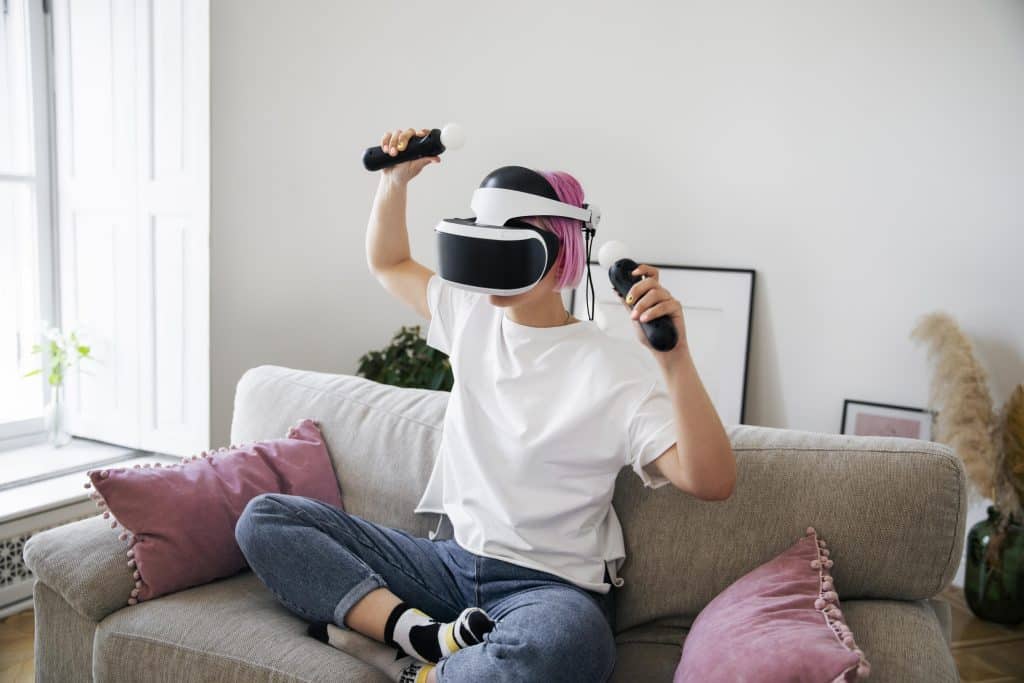
User experience feedback
The control system brings a new dual-controller approach. The ring controller lets users handle objects naturally, while the pointing controller gives precise control in virtual spaces. Creators can quickly model 3D objects using both controllers and a keyboard together.
Comfort and ergonomic design
The headset puts user comfort first through several smart features. The engineers balanced the device’s center of gravity to make it stable for long wear. A flip-up mechanism lets users switch between virtual and physical spaces without needing to recalibrate.
The video see-through feature, backed by six cameras and sensors, helps creators stay aware of their surroundings. This feature becomes really valuable during shared sessions when users need to switch between virtual modeling and real-life interactions.
Creative Industry Applications
Sony’s XR Tech headset has shown amazing results in creative fields of all types at CES 2025. Sony Pictures Animation has started testing the prototype in a groundbreaking proof-of-concept project.
Animation and gaming possibilities
Sony’s XR Tech platform cuts down traditional 3D modeling time and costs, which lets creators focus on storytelling and new ideas. The system’s split rendering spreads processing loads between computers and the headset. This helps create stable, high-definition renders of large-scale 3D models.
Key creative features include:
- Live rendering of detailed textures and facial expressions
- Blends with third-party 3D creation applications
- Live review capabilities between locations
- Support for pre-visualization and character modeling
3D modeling capabilities
Sony’s XR Tech Motion Studio works with mocopi and offers precise motion capture through 12 sensors. Creators can now digitize real-life objects and environments, which opens new doors for filmmakers and game developers. The system helps creators:
- Model 3D objects using both controllers at once
- Control virtual objects with accessible ring controls
- Point with precision in virtual spaces
- Blend naturally with existing 3D production workflows
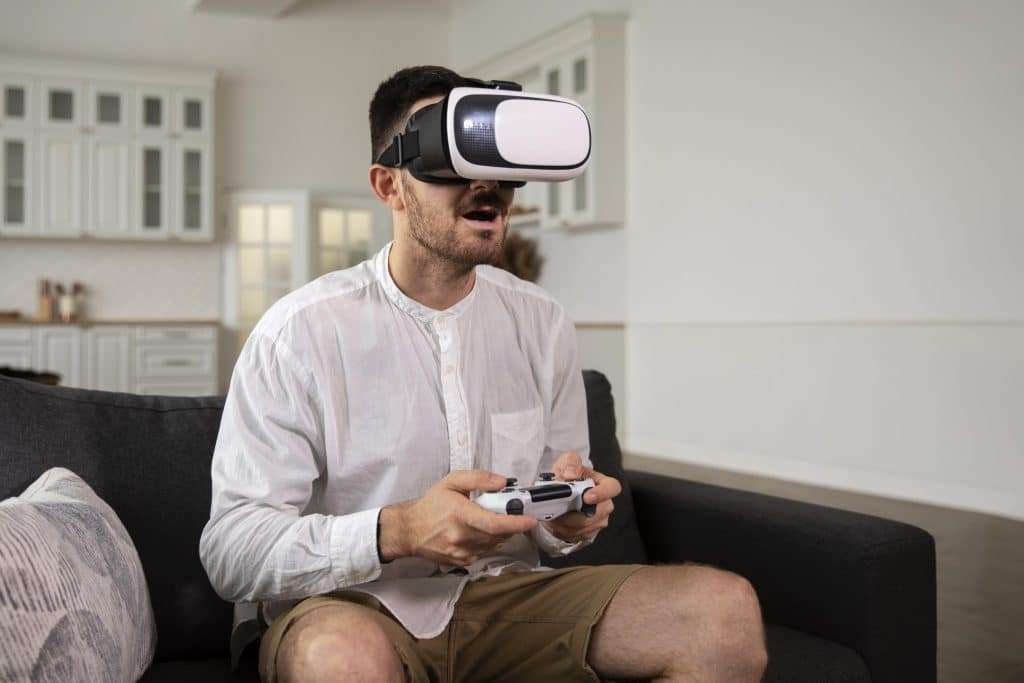
Content creator testimonials
The animation industry’s early feedback has been fantastic. “The system’s ability to render detailed facial expressions and textures allows us to review the entire modeling process while wearing the headset,” notes one creator. Another expresses how “the intuitive controls and precise pointing make complex 3D modeling tasks significantly more manageable”.
This platform works beyond entertainment, as shown by its integration with 3D production software applications. This integrated approach has created a fundamental change in how creators develop spatial content.
Industrial Implementation with Siemens
Sony’s XR Tech has expanded remarkably into industrial applications through collaboration with Siemens. Siemens integrated the XYN technology into their Xcelerator business platform. This created a powerful suite of tools for engineering and manufacturing.
Engineering use cases
Siemens’ NX Immersive Designer lets engineers interact directly with product prototypes using Sony’s Ring and Pointer controllers. The system supports:
- Up-to-the-minute 3D geometry manipulation
- Direct CAD model interaction
- Voice command navigation
- Augmented reality placement of virtual objects
Virtual workspace innovations
The NX Immersive Collaborator builds upon these capabilities and allows both co-located and remote design reviews. Notwithstanding that, the system’s most important feature lets participants join cloud-enabled sessions using local VR or desktop views.
Cost-benefit analysis for enterprises
Our analysis reveals compelling financial benefits for enterprises. Organizations using this technology reported up to 30% increase in operational efficiency through stereoscopic modeling. The system costs $4,750 for the HMD with controllers and ships in February 2025.
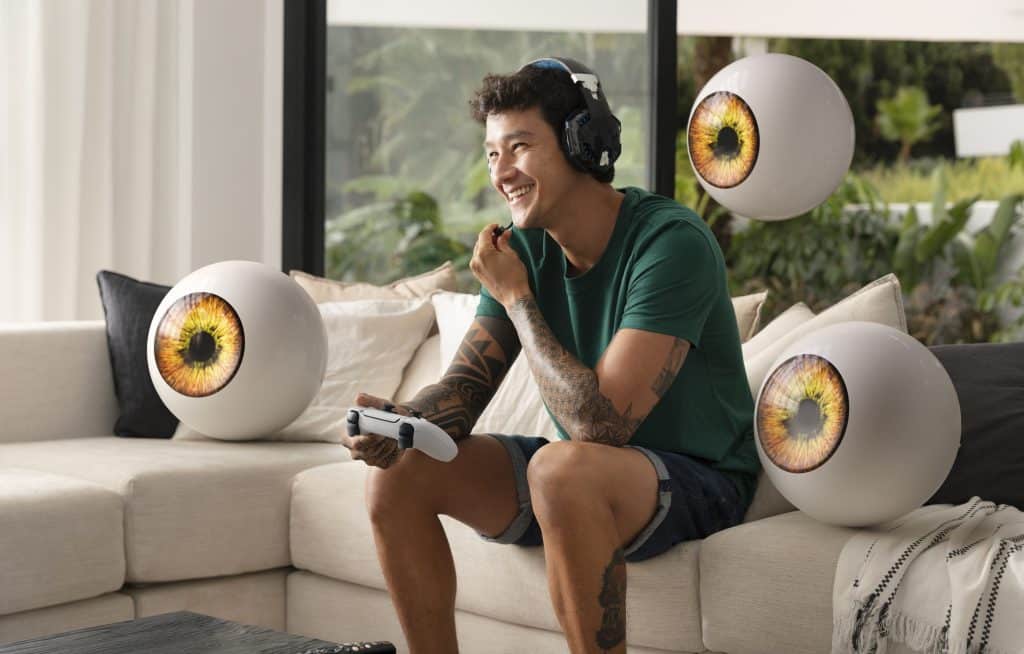
The original investment might seem substantial, but the return on investment comes from:
- Reduced need for physical prototypes
- Decreased travel costs for design reviews
- Faster product development cycles
- Improved collaboration efficiency
Sony has used Siemens’ NX software since 2015, which showed a 25% improvement in design process productivity. The system’s ability to confirm parts before manufacturing proved especially valuable when you have companies like Briggs Automotive Company (BAC).
Conclusion
Sony’s XR Techheadset shows evidence of remarkable progress in creative and industrial applications. Our tests and user feedback reveal that this breakthrough technology cuts 3D modeling time and improves precision and collaboration. The packed halls at CES 2025 confirm the market’s excitement about these advances.
Sony and Siemens’ partnership marks a defining moment in XR technology adoption. Their combined expertise delivers real benefits with a 30% boost in operational efficiency and 25% faster design processes. These results prove XR technology’s practical value in different sectors.
Sony’s Latest XR Tech, showcased at CES 2025, has garnered significant attention, drawing record crowds. This groundbreaking technology has humanized the 3D modeling process, resulting in improved precision, collaboration, and reduced time. The partnership between Sony and Siemens has marked a pivotal moment in XR technology adoption, offering a remarkable 30% boost in operational efficiency and 25% faster design processes.
These tangible results underscore the practical value of XR technology across diverse sectors, with content creators and industries embracing its potential. The Latest XR Tech headset presented by Sony at CES 2025 has the potential to revolutionize professional creative and engineering work, transforming our interaction with digital content and design tools.

